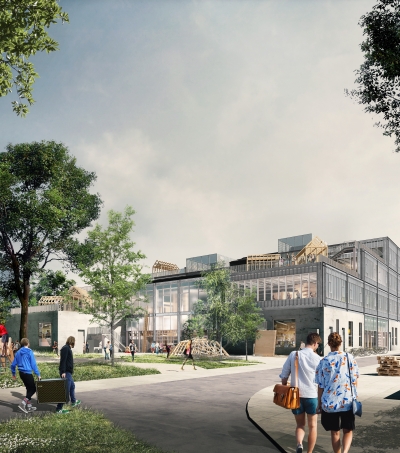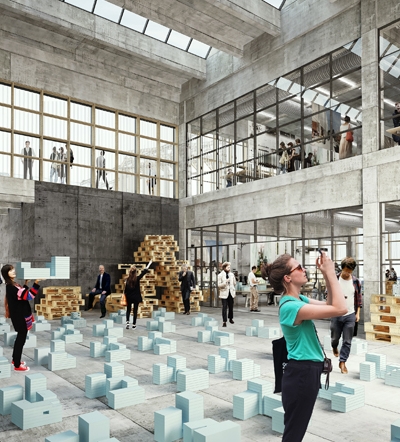Physical proposals for solving today’s challenges
“Architecture is of great importance to our everyday lives. It touches all of us. We literally walk around inside it; architecture shapes us as human beings.
As architects, we can physically shape the way we arrange our future environment, and we would like to come up with concrete suggestions for solving the many challenges we face: climate changes, refugee flows, resource shortages, depopulation in some areas and extreme density of population in other areas,” says Teaching Associate Professor Anne Mette Boye, one of the project coordinators of Architecture Moves.
Engaging through Architecture
Engaging through Architecture is the overall vision of Aarhus School of Architecture. We want our students to engage with and relate to societal challenges – local, national as well as global. Architecture Moves should be understood in this context. The subjects the students work with include the future mobility and habitation in the region – with an emphasis on public housing, adaptable villages that can both shrink and grow as needed, and creating a local food production with the potential to generate more life in rural areas.
Finding solutions through dialogue and cooperation
“Rethink is the theme of the Capital of Culture year. That is not to say we should throw the baby out with the bathwater and start all over again. We should begin with the history of the place and the existing conditions and from there find out how we can innovate and create sustainable solutions for the future. To do this we should also look for knowledge and experience outside Denmark,” states Anne Mette Boye.
 230 competition proposals are exhibited in the exhibition building from 4-27 April, Nørreport 22.
https://aarch.dk/wp-content/uploads/2018/10/NewAarchApril1800x600.jpg
600
800
Signe Janderup
https://s3-eu-central-1.amazonaws.com/aarchdk/wp-content/uploads/2019/02/03164631/aarch-logo-dark.svg
Signe Janderup2019-05-01 15:52:502022-03-07 16:04:24ABOUT THE PROCESS
230 competition proposals are exhibited in the exhibition building from 4-27 April, Nørreport 22.
https://aarch.dk/wp-content/uploads/2018/10/NewAarchApril1800x600.jpg
600
800
Signe Janderup
https://s3-eu-central-1.amazonaws.com/aarchdk/wp-content/uploads/2019/02/03164631/aarch-logo-dark.svg
Signe Janderup2019-05-01 15:52:502022-03-07 16:04:24ABOUT THE PROCESS
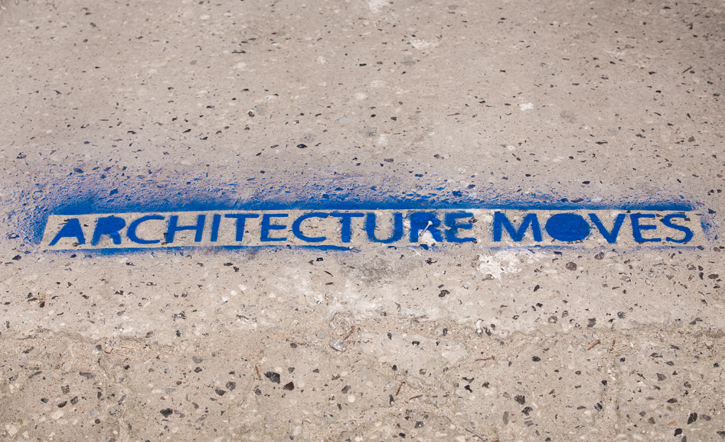
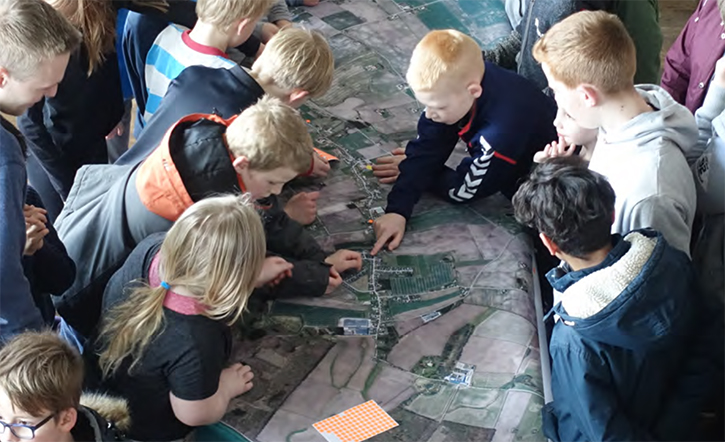

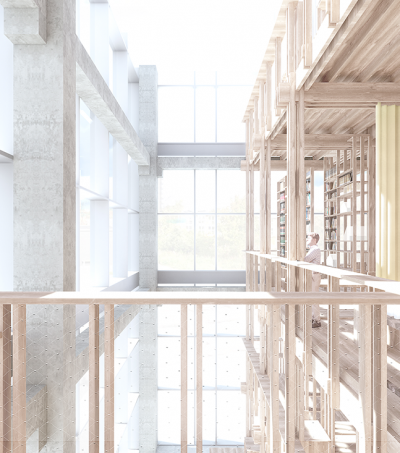 Visualisering: Praksis Arkitekter
Visualisering: Praksis Arkitekter